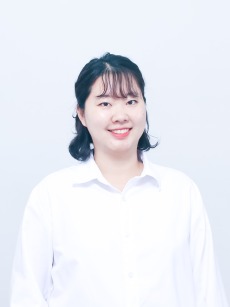This is the second of two half courses making up a full-year elementary level Korean course is designed for learners of Korean with a very limited knowledge of the language. The course will be delivered using a communicative language approach to teaching all four language skills: listening, speaking, reading, and writing. In addition, the five Cs (Communication, Culture, Connections, Comparisons, and Communities) will be used to facilitate learning. By combining the contents of the textbooks and workbooks with carefully chosen authentic learning materials, this course will strive to assist students to be proactive in their learning of the Korean language.
This course will encompass six of the most common contexts that learners of Korean will encounter in daily life: The Weekend, In Seoul, Birthdays, At a Professor's Office, Living in a Dormitory, and Family. By exploring given dialogues along with related vocabulary and grammatical points, students will learn how they can interact with Korean speakers in each setting. Students will also be introduced to various cultural aspects such as National Holidays in Korea, How to Get Around in a Korean City, Age and Birthdays, Korean Music, Traditional Attire, and How to Address others in the Korean Hierarchical System. In addition, this course will provide students with an opportunity to practice different ways to conjugate verbs as well as to utilize casual connectives.


